Product Categories
Fatty acids, aliphatic amides and esters
The combined use of stearamide and higher alcohols can improve lubricity and thermal stability. The dosage (mass fraction, the same below) is 0.3%-0.8%. It can also be used as a slip agent for polyolefins; hexenyl bisstearamide can also be used as a slip agent for polyolefins. It is called ethylene bisstearamide, which is a high melting point lubricant. The dosage is 0.5% to 2%; stearic acid monoglyceride and tristearic acid glyceryl; oleic acid acyl dosage is 0.2% to 0.5%; hydrocarbon Paraffin-like solid, melting point is 57~70℃, insoluble in water, soluble in organic solvents, poor dispersion, compatibility and thermal stability in resin, dosage is generally less than 0.5%
Paraffin wax
Although paraffin is an external lubricant, it is a non-polar linear hydrocarbon and cannot wet the metal surface, which means it cannot prevent polyvinyl chloride and other resins from adhering to the metal wall. It can only be used together with stearic acid, calcium stearate, etc. To achieve synergy.
Liquid paraffin: Freezing point -15–35℃. During extrusion and injection molding, it has poor compatibility with resin. The added amount is generally 0.3%-0.5%. If it is too much, the processing performance will be deteriorated.
Microcrystalline paraffin: Obtained from the petroleum refining process. It has a relatively large molecular weight and many isomers. The melting point is 65-90°C. It has good lubricity and thermal stability, but poor dispersion. The dosage is generally 0.1 %-0.2%, it is best to use it together with butyl stearate and higher fatty acids.
Metallic soaps
Metal salts of higher fatty acids are called metal soaps. For example, barium stearate is suitable for a variety of plastics, with a dosage of about 0.5%; zinc stearate is suitable for polyolefins, ABS, etc., with a dosage of 0.3%; calcium stearate Suitable for general plastics, external lubrication, dosage 0.2%-1.5%; other stearic acid soaps such as cadmium stearate, magnesium stearate, copper stearate.
Low molecular waxes
Low molecular wax is a series of oligomers with different properties made from various polyethylene (homopolymer or copolymer), polypropylene, polystyrene or other modified polymers as raw materials, cracked and oxidized.
Its main products include five categories: homopolymer, oxidized homopolymer, ethylene-acrylic acid copolymer, ethylene-vinyl acetate copolymer, and low molecular ionomer. Among them, polyethylene wax, the chemical name of polyethylene wax is polyethylene glycol, and the English name PEG (Poly Ethylene Glycol) is the most commonly used.
Product function:
Improve gloss and increase leveling effect. Gloss actually mainly depends on the scattering of light on the surface of the paint (that is, a certain flatness is enough.
Prevent floating color and blooming
Improve the tinting power. Note that the tinting power is not always better in the automatic color adjustment system.
Reduce viscosity and increase pigment loading
This is how to reduce flocculation, but the finer the particles, the higher the surface energy, and the higher the adsorption strength of the dispersant is required, but the dispersant with too high adsorption strength may cause adverse effects on the coating film performance.
Increase storage stability
Increase color rendering and color saturation
Increase transparency (organic pigments) or hiding power (inorganic pigments)

